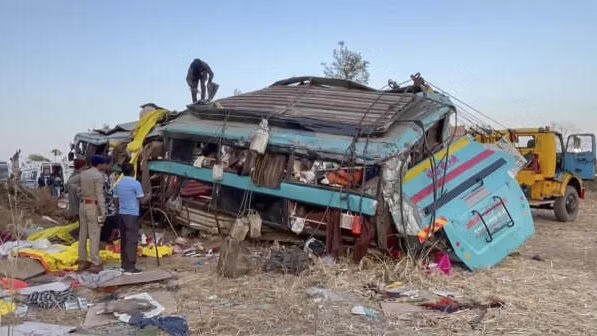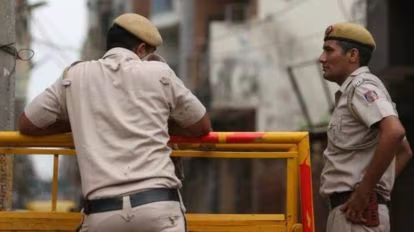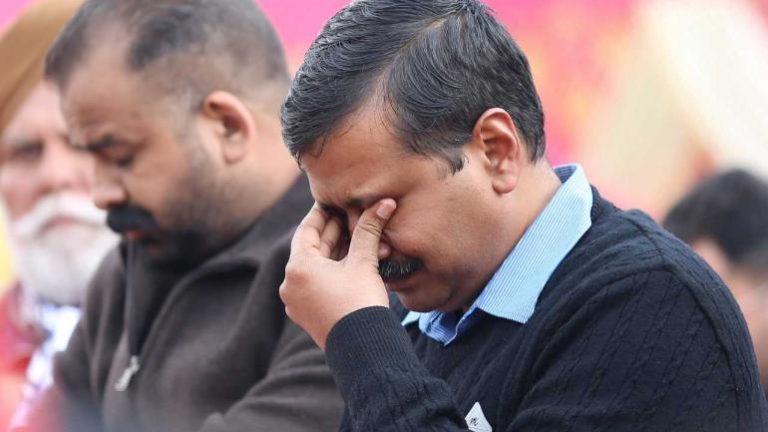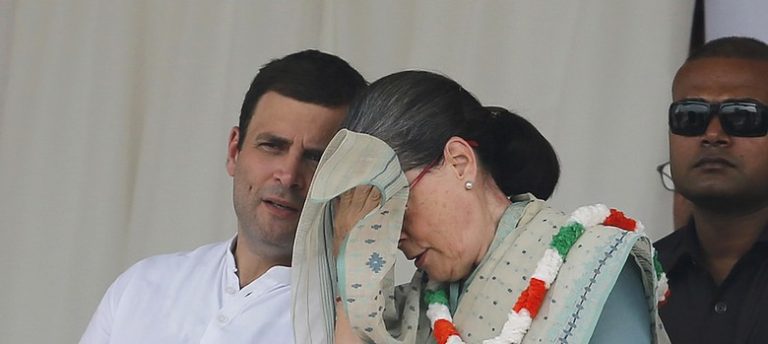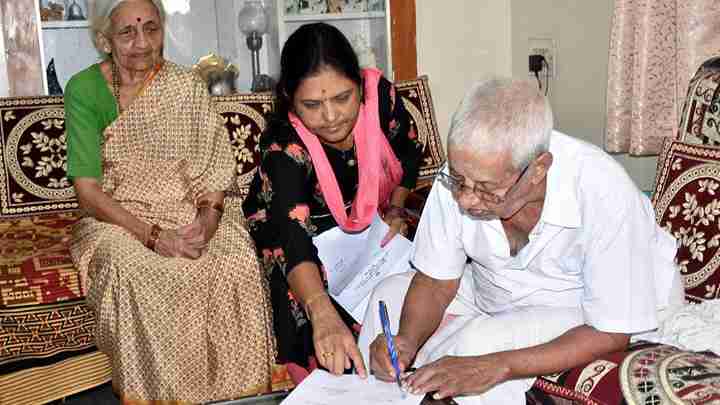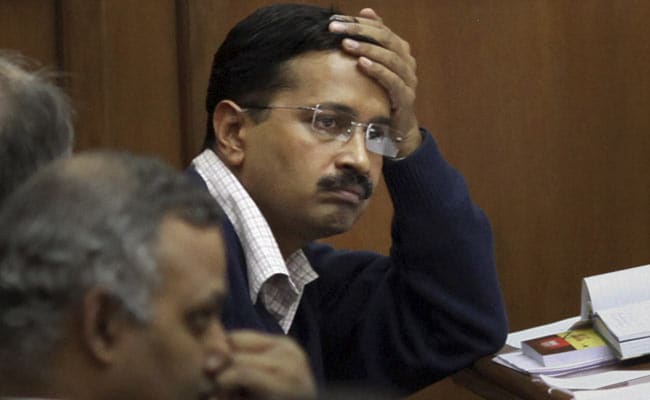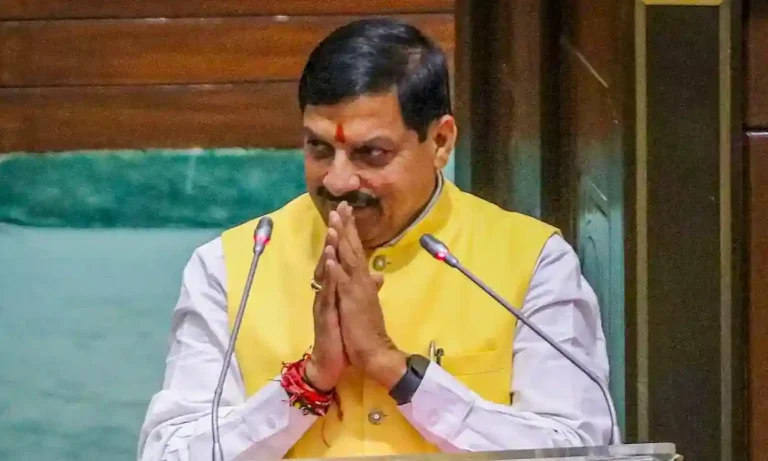Gujarat: In a tragic incident early Sunday morning, a private bus carrying 48 pilgrims veered off the road and plunged into a 35-foot-deep gorge near the Saputara hill station in Gujarat’s Dang district. The bus accident near Saputara hill station in Gujarat resulted in the deaths of five individuals and left 17 others with serious injuries. Authorities responded swiftly, launching rescue operations to assist the victims.
Local police and emergency services rushed to the site of the bus accident near Saputara hill station in Gujarat as soon as reports emerged. Eyewitnesses stated that the bus broke through a crash barrier before tumbling down the steep slope. Several passengers were trapped inside, prompting immediate efforts by rescue teams to evacuate them. The injured were transported to nearby hospitals for urgent medical attention, with some in critical condition.
Preliminary investigations suggest that brake failure or driver fatigue may have contributed to the accident. Officials have indicated that the hilly terrain and winding roads in the Saputara region require extra caution while driving, especially during early morning hours when visibility is lower.
Speaking about the incident, a senior police officer stated, “We are conducting a detailed probe to determine the exact cause of this accident. The safety of passengers traveling through these routes must be prioritized.”
Following the tragic incident, local authorities have emphasized the need for stricter safety protocols for passenger vehicles in the region. There are calls for regular vehicle inspections and enhanced driver training programs to prevent such accidents in the future.
As investigations continue, the focus remains on providing medical care to the injured and supporting the families of the deceased. The incident has once again highlighted the challenges of road safety in hilly regions, stressing the need for improved transport regulations and infrastructure.

